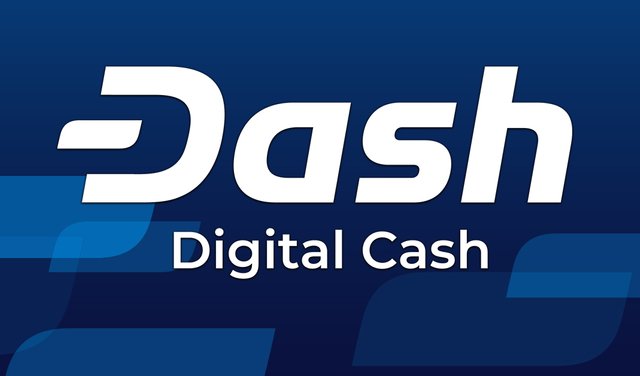
Dash Core Group's CEO Ryan Taylor laid out a bold plan to fix Dash's poor price performance relative to the rest of the cryptocurrency markets, including potentially reducing the proof-of-work mining reward and introducing elements of proof-of-stake. This was previously alluded to in an extended Twitter thread earlier in the week.
During a comprehensive presentation to close out the Dash Evolution Open House event this weekend Scottsdale, Arizona, Taylor outlined a comprehensive history of Dash's structure and its resulting impact on the price, citing previous price spikes and crashes and linking them with specific incentives within the network. He emphasized different elements to Dash's incentive structure, including the reward split with 45% of new coins created giving incentives to masternodes to keep coins off the market while 45% to miners provides incentives to instantly sell in order to cover razor-thin margins in the mining industry, and their effects in contributing to 2017's massive surge and subsequent crash. Finally, Taylor proposed several potential solutions to the issue, including changing reward distributions and potentially changing Dash's consensus method.
The brutal combination of incentives that led to Dash's 2017 surge and subsequent underperformance
1/ Dash Core Group is live streaming our Open House this Saturday https://t.co/PdWDHEgLjl.
— Ryan Taylor (@RTaylor05) December 6, 2019
I will be presenting a newly-added agenda topic... covering our assessment of how to dramatically improve #DASH's attributes as a store of value.
In his presentation, Taylor noted the financial incentives of proof-of-work mining, where most mining revenue is spent on costs such as labor, electricity, and equipment, with very thin profit margins. At all times this incentive structure leads miners to sell the majority of new coins mined in order to pay bills, putting constant downward pressure on the price. During rapid market pumps, miners are unable to spend increased profits on expanding operations and purchasing new equipment due to time constraints, leading to less of the supply entering circulation on exchanges, amplifying the effects of of price pumps. During market crashes, an even higher percentage of miner revenue is sold on exchanges in order to attempt to cover costs, suppressing the price even more. According to Taylor, these "boom-and-bust" cycles affect all proof-of-work cryptocurrencies, however Dash is affected more severely due to its unique structure.
In Dash, Taylor believes these effects are exacerbated due to the presence of masternodes, which require 1,000 Dash to be possessed, and not moved, in order to gain recurring income from the node operation. This not only provides incentives to buy or sell around that fixed number (buying more to complete a node or selling excess funds over that amount), but also effectively takes a high percentage of the coin's total supply (53.12% at time of writing) out of the practical circulating supply, amplifying the effects of both buying and selling, creating higher spikes and lower crashes. Finally, due to Dash's emission rate and relative youth as a coin, its inflation rate is relatively high compared to top competing cryptocurrencies, which compounded with a lower practical circulating supply creates a poor combination for a store of value.
A potential consensus shift away from proof-of-work to proof-of-stake depending on community discussion and vote
In order to address these problems, Taylor proposed a series of radical changes to Dash's structure, including decreasing the emission rate for the coin to provide a more attractive inflation rate for holders. Most significant was a reduction of the percentage of block rewards going towards proof-of-work mining in order to minimize selling pressure on the market and already-limited practical circulating supply, including the possible elimination of proof-of-work entirely in favor of other consensus methods such as proof-of-stake, or simply relying on the masternode network and ChainLocks for security. Additionally, Taylor proposed several variations on the current budget system layout, including a variable/flexible portion of the total block reward allowing for higher or lower spending depending on the more current needs of the network.
As Dash is a decentralized autonomous organization (DAO), any potential changes, particularly those of significance including exploring proof-of-stake, would be subject to intense prior community discussion and a masternode vote, with the possibility that no major changes are approved and Dash's current structure remains. The full presentation is included below and begins after the 2:47 mark.
Congratulations @dashforcenews! You have completed the following achievement on the Steem blockchain and have been rewarded with new badge(s) :
You can view your badges on your Steem Board and compare to others on the Steem Ranking
If you no longer want to receive notifications, reply to this comment with the word
STOPTo support your work, I also upvoted your post!
Vote for @Steemitboard as a witness to get one more award and increased upvotes!
Downvoting a post can decrease pending rewards and make it less visible. Common reasons:
Submit